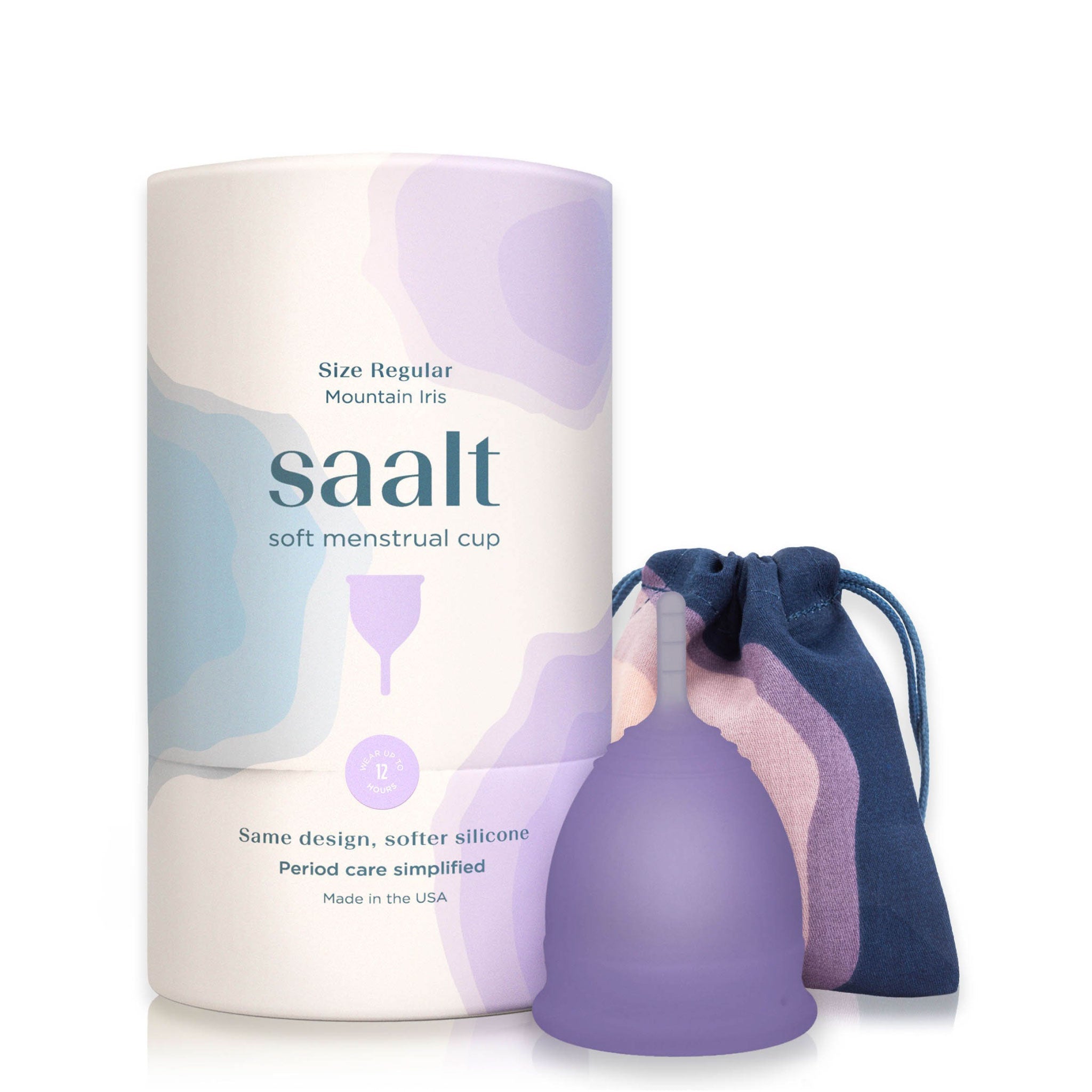Maxi pads are used regularly by many people, and there’s been an uptick recently in the usage of reusable leakproof and period underwear. However, neither is functional if the pad or gusset is too short and unable to absorb the flow. This often leaves the user feeling embarrassed or disappointed. Exploring why leaks happen in the front of your pad or leakproof underwear can help people navigate which products might be best for them while understanding their own personal body design.
Improper Placement: One of the primary reasons a maxi pad would leak at the front is improper placement. It's important to make sure your pad is centered accurately and positioned correctly within your underwear to provide adequate support. If your pad is not placed properly, it may not effectively absorb menstrual flow, urine, or discharge, leading to leaks, particularly at the front where fluid may be more concentrated.
Body movements and positioning: The way your body moves during the day can affect how well a pad or your leakproof panties prevents leaks. If you’re using period panties, make sure they fit well around the leg holes (not too gappy), and you’re using an absorption level that will support you. (Heavy day? Don’t use light or regular absorbency!) If you are using a pad, activities like sitting for long periods, stooping, or even moving briskly can cause an ill-fitting pad to shift, causing leaks; especially if the pad is not secured properly within the underwear.
Menstrual Flow Variation: Menstrual flow changes throughout the lifetime of a person. Hormones affect menstruation, and since hormones fluctuate throughout your life, so does your period. From period to period, flow can start out light, then go to heavy, then end light. For others it comes on quick and heavy, then tapers off. Some people experience 2-3 day periods while others experience 8+ day periods. Oh, and then there’s postpartum and perimenopausal flow. We’re all so very different, but similar in the need for period products that are effective. At the beginning or end of menstruation, when flow can be lighter, leaks may occur at the front of the pad or gusset due to the fact that it’s not saturated enough to spread evenly across the entire pad or gusset surface. Similarly, during heavy flow days, the front of the pad may become overwhelmed, leading to leaks. When flow is heading to the edges of your pad or period pants, it’s time to change.
Pad or Gusset Absorbency: Not all maxi pads or leakproof underwear gussets are created equal in terms of absorbency. Utilizing a gusset or pad with inadequate absorbency for one's flow can result in leaks, especially if the majority of the menstrual flow is concentrated towards the front. Choosing a pad or leakproof underwear with the appropriate absorbency level based on individual flow can help minimize leaks. Some period underwear manufacturers make styles with waist-to-waist wrap-around coverage. These styles can be excellent for people who front-leak, as well as for overnight sleeping.
Baby got back: We’re all shaped differently, and thank goodness for that! How boring would the human race be if we were all the same? Our individual characteristics are what make us each beautifully unique. Because every person is unique, so is the way menstrual and urine flow is distributed on a pad or gusset. Factors such as pelvic anatomy and the direction of menstrual flow can influence where the majority of the flow is absorbed. For some people, menstrual and urine flow may be more concentrated towards the front, leading to leaks in that area. This could be based on vulva or booty shape with period underwear. Consider longer pads, or placing your pad a little more forward. If your fuller backside fills out your underwear, this could pull the gusset of your period underwear further back, shortening the front absorption area. If you wear period underwear, consider a longer gusset and lean away from bikini styles (which tend to have a shorter gusset due to the low rise of the style).
Fun fact- Did you know estrogen levels are lowest during menses? This leads to vulvar and vaginal dryness, which leads to vulvar lips sometimes sticking together, which leads to front and back fluid channeling. If you’re choosing to free bleed and you experience front or back bleeding, consider a dollop of water-based lubricant on your vulva to help your flow head down toward your pad or gusset. Buh-bye vaginal dryness.
Quality of the product: In some cases, leaking could happen due to the quality of the maxi pad or leakproof underwear itself. Pads that are poorly constructed or made from low-quality materials may not provide enough protection against leaks, regardless of proper placement and/or absorbency level. When making the switch to period underwear, there is often an upfront investment (although overall cost savings is often substantial), so it’s important to purchase from a brand that will guarantee their product. This means offering replacements or refunds if the pairs you purchased don’t support you.
Leaks at the front of your maxi pad or period underwear can occur for a variety of reasons, including improper placement, flow variation, body movement, pad or gusset absorbency, vulva and booty anatomy, and the quality of the pad or leakproof underwear itself. By understanding these factors (and taking appropriate measures to address them), people can proactively manage menstrual hygiene and incontinence while minimizing the chance of embarrassing leakage. In addition to maxi pads and leakproof underwear, menstrual cups, menstrual discs, and tampons may be viable alternatives for people prone to leaks. All these products offer a variety of protection and often provide great alternatives for needs and preferences.





